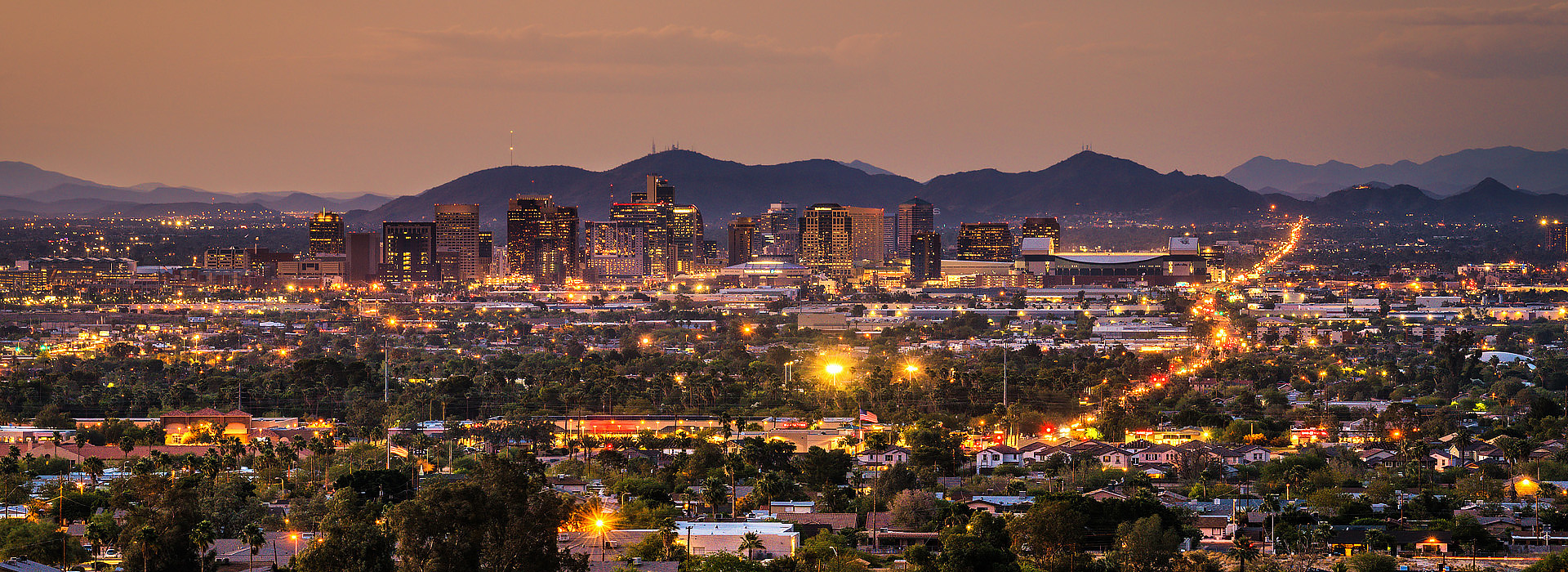Personal Injury Attorney
A personal injury attorney handles any number of things that are “personal injuries,” including car and bus accidents, elevator accidents, accidents that occur on city streets, bed bugs, and construction accidents and wrongful deaths.
A personal injury can be defined as a physical and/or mental injury that occurs because of someone else’s negligence, intentional actions, or strict liability.
Negligence: when another party fails to act with reasonable care. For example: if you suffer physical injuries as the result of a driver rear-ending you because they are not paying attention, the injuries could be deemed a personal injury due to negligence.
Intentional Harm: when another person sets out to hurt you. Examples include battery, assault, and false imprisonment.
Strict Liability: if you are injured by a product (such as a malfunctioning car), anyone involved in the production, distribution, or sale of the defective product can be held responsible.
Steps in Personal Injury Lawsuit
There are some things that a personal injury attorney will immediately want to do as he or she builds your case. It’s crucial that you give your attorney any and all information that you are able to. This includes the details of the accident - or what you remember - any injuries sustained, the names and information of any eye-witnesses at the scene, and any information contained on a police report - if one was taken.
Nowadays almost everyone has a smartphone - photographs of injuries, bruises, etc. can help your lawyers substantiate damages related to medical treatment and pain and suffering. Obviously, the timing of these photographs is critical. As wounds heal, they do not appear as serious. Therefore, photographs should be taken early on, immediately after the accident if possible, and at each stage of the healing process. Photographs of vehicle damage and property damage can help demonstrate the force of the impact and the extent of the property damage. Finally, photographs of the accident scene, including skid marks to or from the scene, can help establish who was at fault. Other helpful documentation includes: medical records, medical bills, prescription records, and lost wage information.
Once an attorney has this information, he or she will be able to determine next steps in your case.
Insurance and Your Accident
Insurance companies will always try to settle accidents. It will be up to you how you want to handle an insurance company - whether or not to allow them to settle for you, or if you choose to bring charges against the person that hit you. Here are some insurance-related questions you might have:
May I have my health insurance pay for my medical treatment?
Yes. Your health insurance can cover your medical treatments. Additionally, your rights to recover damages incurred in a car accident that was the fault of another will not be affected by any payments made by your health insurance to cover your medical expenses. Depending upon the terms of your health insurance plan, the payments made by your insurance company may, however, be subject to reimbursement if you recover any money by bringing charges against the person at fault.
What if the at-fault driver had no insurance?
You are only able to recover damages from a car accident if the faulty party has available assets or insurance. In some instances, the at-fault driver who does not carry his or her own insurance may nonetheless be covered by another person’s insurance policy. Additionally, if the at-fault driver was driving as part of his or her job at the time of the car accident, he or she may be covered by his or her employer’s insurance.
If your own insurance policy provides you with “uninsured motorist coverage,” you may be compensated by your own insurance company if the at-fault driver does not have insurance. Given the complexity of potential various insurance coverage issues, it is advisable to seek the help of a car accident lawyer.
Reconstructing an Accident
When an accident occurs, and there are no eye-witnesses, it’s hard to understand exactly what occurred. The accident needs to be reconstructed by investigators in order to get a full understanding. Once that understanding has been given, liability can be assessed. The dynamics, methodology, and principles involved in reconstructing a pedestrian accident are slightly different than those used to reconstruct car accidents. An investigator looks at car speed as well as pedestrian speed (which can be very difficult to determine), perception and reaction time, as well as highway design and sign placement. The pedestrian’s impact kinematics (which is how the pedestrian moved at or through the impact phase of the collision) is reconstructed. Once all these factors have been identified, a lawyer can build a negligence or wrongful death case based on the investigator’s findings.
Determining Negligence During an Accident
In the case of pedestrian and car accidents, negligence can be assigned to both sides of the accident: to the driver, or to the pedestrian. Drivers are considered negligent if they neglect to do the following:
- Pay attention to surroundings
- Adhere to posted speed limits
- Yield at stop lights and cross-walks
- Properly use turn signals
- Adhere to Arizona state traffic laws
A pedestrian can be considered negligent if they do the following:
- Run-out in front of cars
- Illegally jaywalk
- Fail to use designated crosswalks
- Ignore pedestrian signals at traffic lights
- Fail to pay attention to surroundings and traffic situations
Working with a Personal Injury Attorney After an Accident
If you have been a victim in a car, truck, pedestrian, or bicycle accident, you should immediately contact a personal injury attorney that understands the specific laws around these types of accidents. They will be able to perform a full investigation and build your case. It’s crucial that you work with someone that knows the intricacies of the laws surrounding these types of cases as well as your specific state’s laws. The attorneys at Personal Injury Attorneys PLLC have experience handling personal injury cases such as car accidents, pedestrian accidents, and bicycle accidents. They will help build a case to ensure you receive everything you need to recover from your specific accident.


